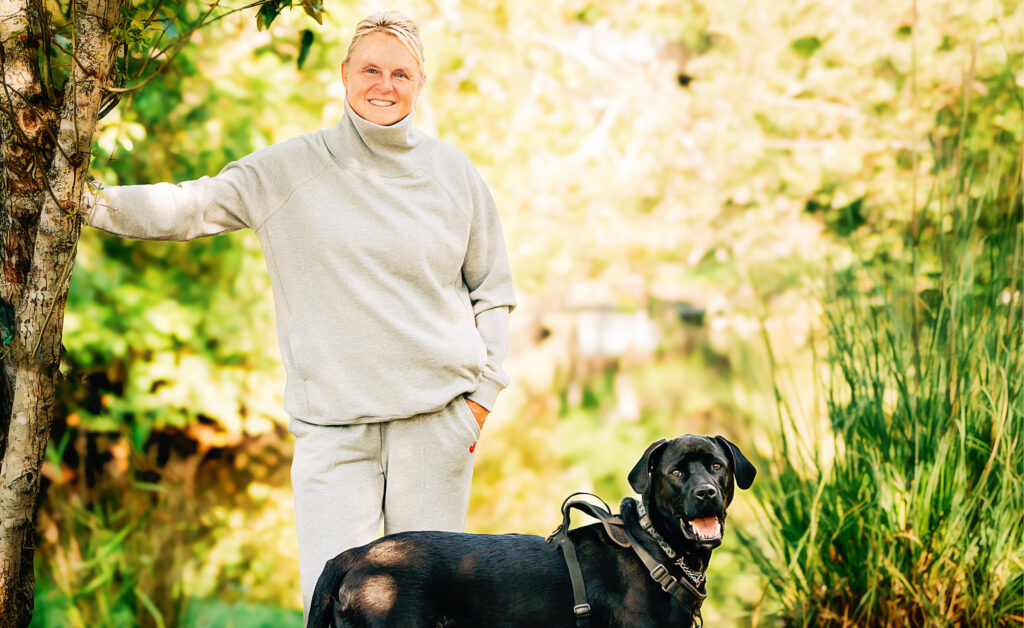by Tina Kelly –
January 2020 – which now seems like a lifetime ago – was one of our five rainiest Januarys on record and taking water for granted was just a given. Shortly after, the world changed and perhaps we needed a little more gratitude for our access to a seemingly abundant, clean water supply – for increased hand-washing.
Victoria has a sub-Mediterranean climate: mild, wet winters and warm, dry summers. Water collected in Sooke Lake Reservoir during the winter needs to sustain us May through September. Water-wise actions added to our routine year-round will help maintain our water supply and improve the health of our watershed. While some actions may require an initial investment, in the long run they’ll save you time and money.
1) Embrace your inner Tim “the Toolman” Taylor and fix any drippy or leaky taps.
2) Turn the tap off when brushing teeth, rinsing dishes, shaving, washing hands or during any other activity where water goes down the drain unused.
3) Put a nozzle on it. As a kid, I’d suds up the family car while the hose gushed onto the lawn or driveway and when watering plant pots, water splashed areas in need of no water all. Add a nozzle to control when and where water flows, targeting only the areas in need of it. For flowers, plants and veggies, consider soaker hoses over sprinklers to minimize evaporation.
4) Time matters. Water early in the day; up to 40% of water is lost to evaporation when watering in the middle of the day. Watering late in the day can lead to plant diseases. Remember to follow Water Conservation Bylaws.
5) Gold lawn for the win. Between lawns and gardens, 50% of summer water use takes place in the yard. Avoid watering altogether and let your lawn go golden; don’t worry, it’ll green-up again when the fall rains return. Consider replacing some of your lawn with a groundcover requiring less water than grass. No watering or mowing? What will you do with that free time?
If you’re not ready to go golden, it’s important to know your lawn only needs one inch of water a week including rain. In fact, infrequent watering helps establish longer and healthier roots. To reduce water loss keep your lawn height at two to 2.5 inches.
6) Garden with native plants. Plants naturally occurring in our region need little to no care, surviving on normal rainfall levels. They are drought tolerant, withstanding dry summers. Saanich Native Plants (www.saanichnativeplants.com) is an incredible resource for plants and information. They’ll help you pick the best plants for your location, soil type and sun exposure.
7) Reuse water. Water used for cooking or steaming vegetables can be used to make broth or cooled to water your garden.
8) Yellow’s mellow; brown goes down. Yes, it’s referring to the toilet and for some of you this may feel like a tad too far but why not save a few flushes and the clean water that goes with them?
Whenever you’re using water, think about how you could use less – it’s our drinking water and our hand-washing water!
More water saving tips can be found at www.crd.bc.ca.
Going Green’s goal is to offer tangible actions for a more sustainable future.




